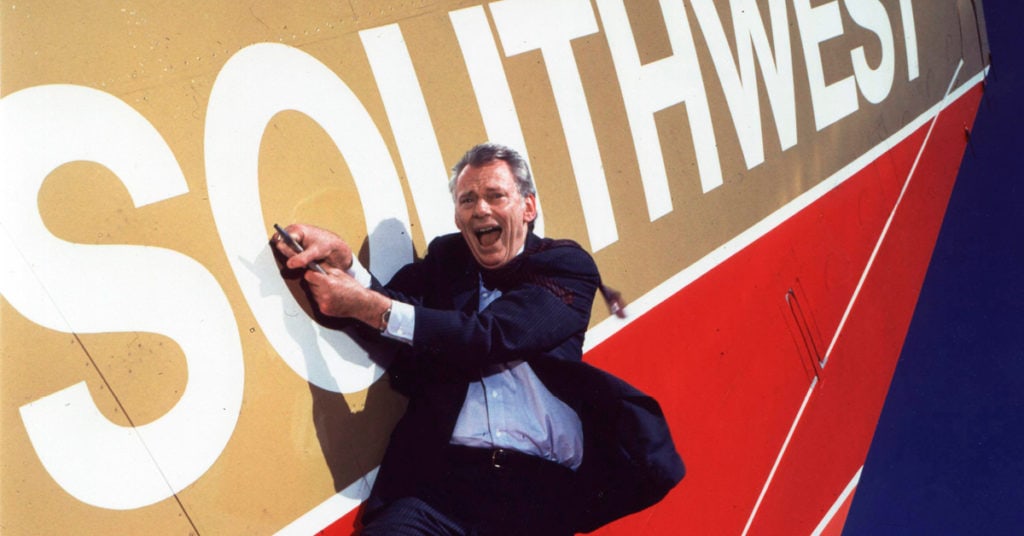Short turnarounds were once celebrated for keeping fares low and passengers happy. Now, during the pandemic, they’d do more harm than good for an airline’s brand.
In 1972, Southwest Airlines was only a year old and operating solely within the state of Texas. It had just posted a loss of $1.6 million and sold one of its four planes to avoid bankruptcy. The airline was left with three Boeing 737 jets to service Dallas, Houston and San Antonio.
The fledgling startup airline got a dose of innovation from an old hand in the industry: Bill Franklin, Southwest’s first vice-president of Ground Operations, who brought with him a wealth of experience working with Frontier Airlines and Trans-Texas Airways. His big idea: reduce the refueling, cleaning and turnover time – “the turn” – for the remaining aircraft to a mere 10 minutes, thus maintaining the passenger capacity once managed by four aircraft.
Making the 10-minute turn a reality required getting everyone with hands on the aircraft – from flight attendants to ground crew – to believe it was possible in the first place. Franklin’s somewhat forceful management style was a key factor here: inspiration peppered with a bit of fear, according to those present during early meetings about this strategy.

The 10-minute turn was carried out like something between an assembly line and a NASCAR pit stop, beginning as soon as the plane stopped moving. Flight attendants would race through the cabin, removing passengers’ luggage from the overhead bins so the plane could be emptied more quickly. As arriving passengers left the aircraft, departing passengers would board. Meanwhile, ground crews would be refueling the plane and emptying the trash. The 10-minute turn saved Southwest from bankruptcy; eight years later it expanded service to other US states, an expansion that would later include Mexico, Puerto Rico, Central America and the Caribbean.
It was a different era: The aircraft would push back from the gate before passengers even took their seats, there were no satellite connectivity issues or seatback screens to fix and there certainly wasn’t the looming threat of coronavirus.
In the wake of COVID-19, airlines the world over are spending extra time during turns sanitizing aircraft interiors. In 2018, Southwest managed an average turn time of 35 minutes. At the height of the pandemic, that number ballooned to 50 minutes as crew painstakingly wiped down seatbelt buckles, armrests, window shades, reading lights, vents, tray tables and lavatories between flights.
As the airline slowly ramped up its schedule in August, it began delegating the majority of those tasks to the nightly cleaning crew, who would spend six to seven hours deep-cleaning the aircraft. “We are optimizing our cleaning tasks to fit into the scheduled turn times, as the amount of extra staff available to clean during the turns decreases as we increase our flight schedule from March, April and May levels,” Southwest spokesperson Brian Parrish says.
Today, even the fastest turns make Franklin’s brainchild seem like a fever dream. But his legacy lives on in the carefully choreographed way that refueling, restocking and cleaning are still conducted today.
“Turn Back the Clock” was originally published in the 10.4 November/December issue of APEX Experience magazine.


